These projects have the capacity to remove significant amounts of carbon dioxide from the air, while also promoting the restoration of forests and safeguarding biodiversity

In addition to capturing carbon from the atmosphere, forestry projects safeguard natural resources and habitats for indigenous fauna. By merging reforestation with biodiversity conservation, it converts landscapes into flourishing, authentic woodlands that enhance soil health, preserve water sources, and act as a ‘carbon sink, or reservoir for carbon dioxide.
This is a Verified Project that generates a limited number of certified carbon credits. Each credit is equivalent to one tonne of CO2e and has a unique serial number. These are recorded in the Gold Standard Registry, the Verra Registry or the CDM Registry of the United Nations.
Visit our store and get access to high integrity offsets at global spot market prices without the large fees and commissions.
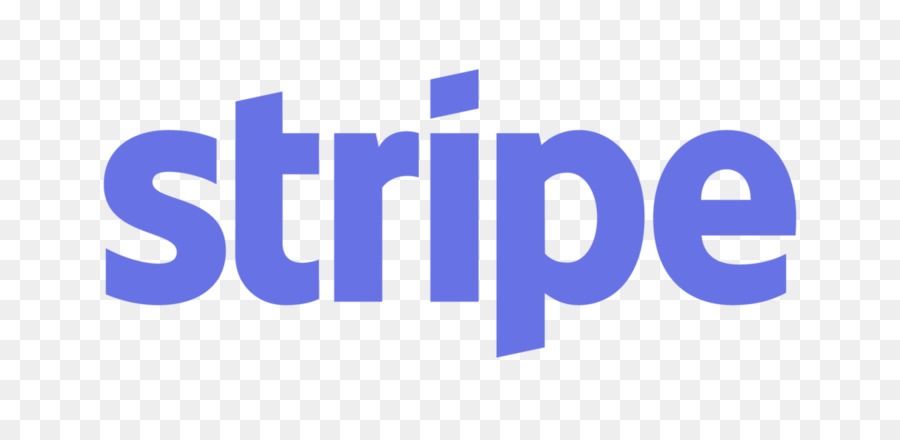
We use Stripe, one of the world’s largest and most secure payment platforms.

The Carbon Trade Exchange is backed by the Westpac Banking Corporation that guarantees transactions and provides rigorous measures to protect our customers.
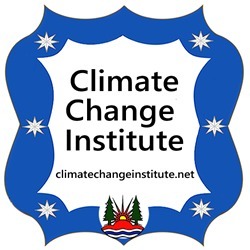
Offsets are purchased through the Climate Change Institute where they are subjected to a rigorous verification and certification process.
After purchase, you will receive a certificate showing the amount of offsets you have bought and the serial number for each tonne which can be independently verified on the Verra Carbon Registry, where the full project specifications are also provided.
Forestry Project
Agriculture Forestry and Other Land Use (AFOLU)
[metaslider id=”3735″]
The UN established the Reducing Emissions from Deforestation and Degradation (REDD) program to combat forest destruction, incorporating efforts in conservation, community empowerment, employment creation, and boosting forest carbon reserves.
THE SITUATION
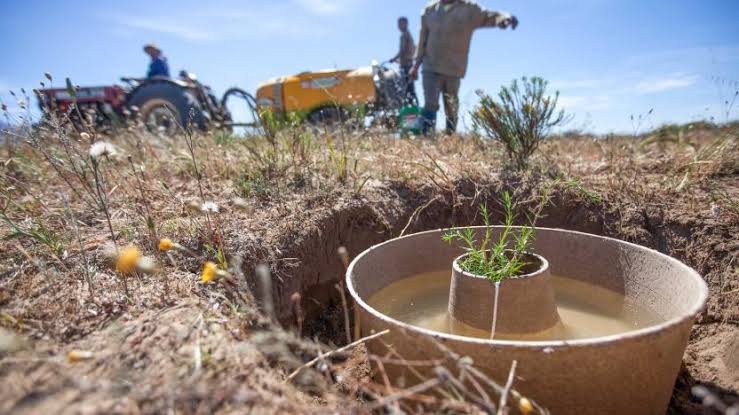
These types of projects combine both reforestation and afforestation activities with biodiversity protection and ecosystem regeneration, ultimately transforming lands into close-to-nature forests that sequester large amounts of carbon. Forests also offer a natural habitat for native wildlife, enrich the soil, save and filter water and help mitigate the greenhouse effect by acting as a carbon sink.
THE SOLUTION

Climate Reforestation projects can lack investment due to marginal, hard-to-reach locations. The project can boost local small economies by creating local employment during both the construction and operational phases, stimulating climate skills technology in developing countries
THE IMPACT

AAR projects generates a range of significant environmental and socio-economic benefits. By mixing afforestation and reforestation activities, these projects conserve remaining forests and promotes ecosystem interconnectivity by establishing ecological corridors. This improves biodiversity, and studies on the local flora have been developed through collaboration between regional NGOs. The project further protects natural resources, with trees shielding the soil from erosion to prevent flooding and optimise water quality. Where possible, minimal amounts of only the least harmful pesticides are used, softening the environmental impact of chemicals.
THE OUTCOME
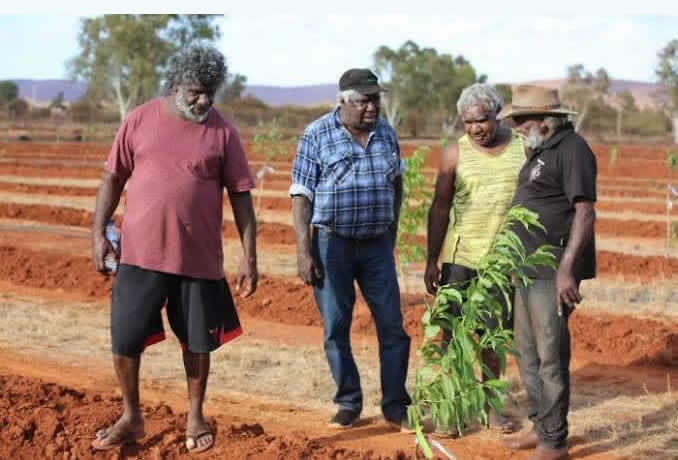
Income from secure job opportunities with legal protections for workers helps alleviate local poverty, with leadership and development programs also offered to employees. The project educates the community on climate change and the importance of sustainability activities.
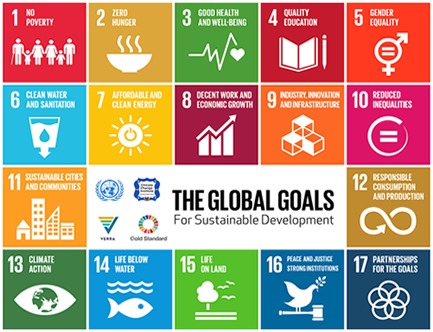
Offset certificates finance verified projects that reduce and eliminate carbon which are subject to a rigorous registration and verification process.
Projects can include wind, solar, hydro, biomass energy recovery, geothermal and GHG abatement. They aim to reduce greenhouse gas emissions whilst supporting sustainable development in developing countries. To deliver genuine emission reductions and meet the UN’s Sustainable Development Goals.
Verification
Certified projects must have the following attributes
Transparency
Information on the project is made readily available.

Efficiency
Projects should offer efficient methods to reduce carbon.

Validity
Projects must be certified to world standards and the procedure fully documented.


The Gold Standard Registry issues carbon credits, each is equivalent to one tonne of CO2e. It is the central repository for all information and documentation relating to Gold Standard projects and units. The Registry also ensures the uniqueness of projects and credits in the system. Projects are subject to a rigorous verification process where transparency underpins the positive outcomes of the carbon projects.

Verra carbon credits are issued under the Verified Carbon Standard (VCS) Program, a leading greenhouse gas (GHG) crediting program. Verra sets the world’s leading standards for climate action and sustainable development. VCS projects have reduced or removed nearly one billion tons of carbon from the atmosphere with activities that reduce and remove emissions, improve livelihoods, and protect nature.
- Additionality: The project is justified and the the carbon emission reductions achieved by the project would not have occurred without the additional funding.
- Permanence: Projects should demonstrate that the emissions reductions achieved by the project will be permanent and the carbon must remain stored for a long enough period to achieve the intended climate benefit.
- Verification: Projects must be verifiable and correctly accounted for, have a low risk of non-additionality, reversal, creating negative unintended consequences, and all forms of double-counting, including double-claiming of the emission reduction benefit, are avoided.
- Co-benefits: Projects may have have additional co-benefits such as poverty reduction, biodiversity conservation, and sustainable development and this should be considered.
Carbon Offset Certificates finance verified projects which slow down the rate of global warming, buying time for the world to make the transition to low-emission economies.
[metaslider id=”2769″]
We assist companies and individuals to go carbon neutral by offering wholesale prices direct from the trading floor of the global carbon spot exchange. Trading floor offers move rapidly, so we select the best projects on a daily basis. We negotiate bulk discounts for our 200,000 followers, allowing us to pass on the best market price.

